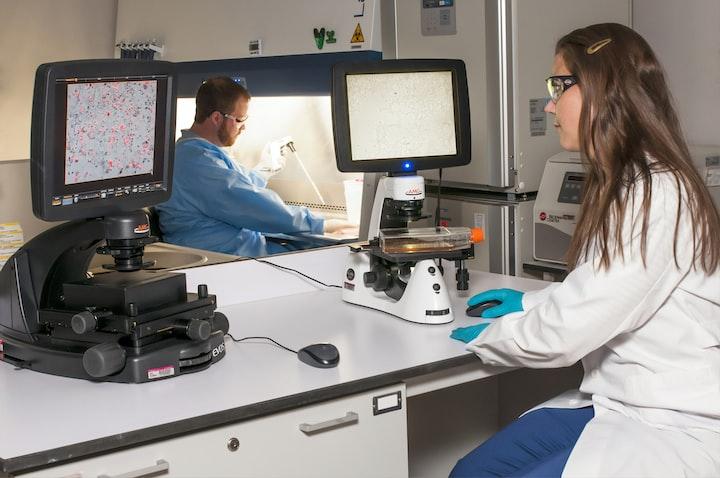What Are the Signs of Fertility?
Life is a symphony of signals, a finely tuned masterpiece where biology orchestrates its own rhythm. When it comes to fertility, your body speaks, you just have to listen.
One of the most remarkable indicators of fertility is cervical mucus. When ovulation approaches, this mucus transforms, becoming clear, slippery, and more fluid, nature’s own design to guide sperm effortlessly to its destination.
Another powerful sign? A subtle yet crucial rise in basal body temperature. Just before ovulation, your body warms up ever so slightly, a whisper of readiness. Some women also experience mild cramping as the egg makes its journey, an almost imperceptible nudge from within.
Understanding these signs isn’t just biology, it’s empowerment. Track them, align with them, and use them to predict your most fertile window. Because in the grand adventure of life, timing is everything.
How Do I Know If I’m Fertile?
The question isn’t just, Am I fertile? it’s How do I harness my body’s natural cycles to work with me, not against me?
Regular menstrual cycles? That’s your body keeping pace with the rhythm of fertility. But precision matters. Tools like fertility trackers and ovulation predictor kits help pinpoint the exact moment your body is primed for conception.
Because ovulation isn’t a guessing game, it’s a fleeting window. Once an egg is released, it waits just 12-24 hours before the opportunity is gone.
If you’re on a mission to conceive, don’t leave it to chance. Identify your fertile window and act with purpose. And if doubts linger, reach out to a specialist, because knowledge isn’t just power, it’s possibility.
What Causes Infertility?
Not every journey to parenthood is straightforward. Infertility is a puzzle, with many pieces, some known, some hidden.
In one-third of cases, the challenge lies with the man. In another third, the woman. And sometimes, it’s a combination of factors or even an unexplained enigma.
If you’ve been trying for over a year (or six months if you’re over 35), it’s time for a deep dive. A doctor will examine medical history, run tests, and explore possible causes. Hormone levels, uterine health, sperm quality, every piece of data matters.
Fortunately, science is an incredible ally. With breakthroughs in fertility treatments, the dream of parenthood isn’t just possible, it’s within reach. The key? Understanding your options and making informed choices that align with your path forward.
How Can I Improve My Fertility?
Great things aren’t left to luck. They’re engineered with intention. If you want to optimize fertility, strategy is everything.
- Consistency is king. The more often you have sex, the better your chances. Every other day? Ideal. Every three days? Still effective. But timing matters most.
- Timing is everything. Ovulation isn’t random, it’s a window of opportunity. The two days before ovulation, plus the day of, are prime time for conception. This is where tracking cycles becomes a game-changer.
- Track and adapt. Use tools, chart your basal body temperature, and study your patterns. Your body runs on a blueprint, discover it, and work with it.
The magic of fertility isn’t just science; it’s a delicate, dynamic dance between biology and action. When you align knowledge with effort, extraordinary things happen. And that? That’s where the future begins.
